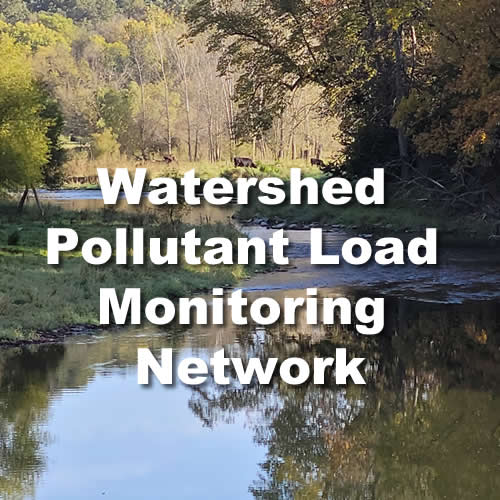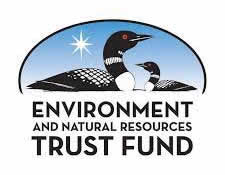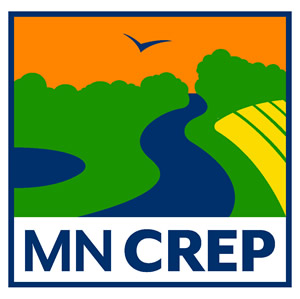MN CREP is a voluntary, federal-state funded natural resource conservation program that uses a science based approach to target environmentally sensitive land in 54 Counties in southern and western Minnesota. This is accomplished through permanent protection by establishing conservation practices via payments to farmers and agricultural land owners.
Here’s how it works:
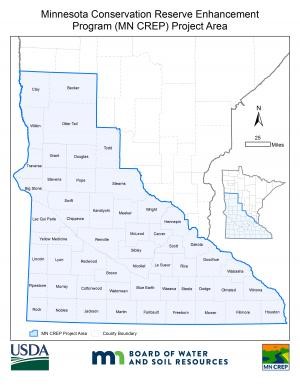
MN CREP Objectives
MN CREP will protect up to 60,000 acres of the highest priority areas across 54 counties. It will:
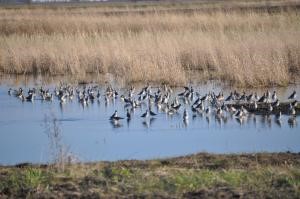
How will the land be restored and protected?
MN CREP will focus on four main Conservation Practices (CPs) that have been identified through the federal CRP:
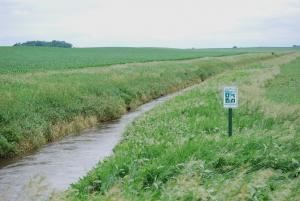
Why Enroll Now?
There are many reasons to consider MN CREP now, based on the long-term goals of the landowner. Some of these include:
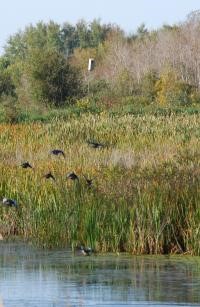
Contact Aaren Mathison at 507-887-0240 or email aaren.mathison@fillmoreswcd.org to find out how to sign up for Minnesota CREP.
State and Federal Programs
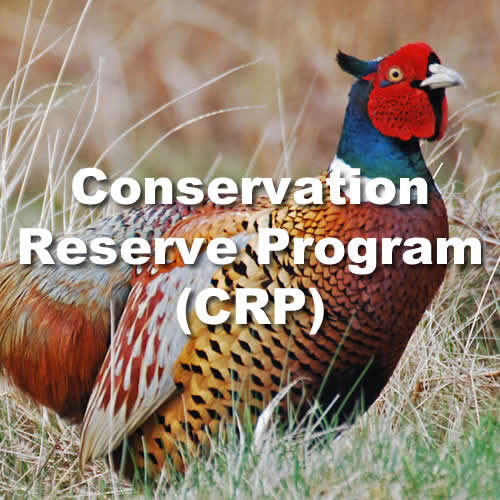
Conservation Reserve Program (CRP)
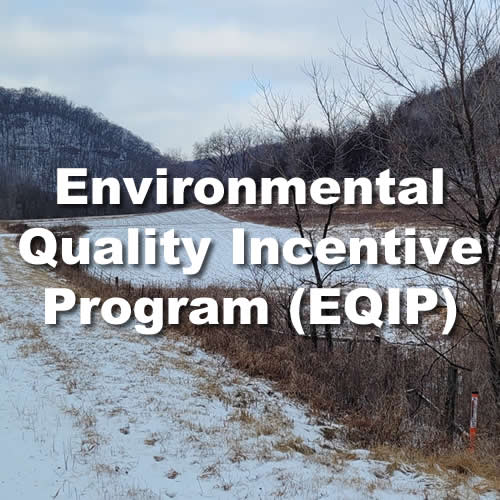
Environmental Quality Incentive Program (EQIP)
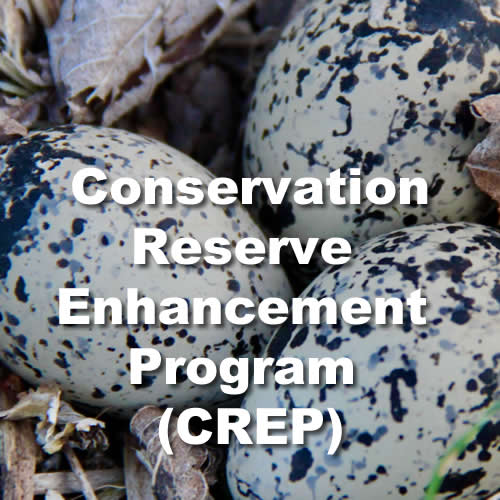
Conservation Reserve Enhancement Program (CREP)
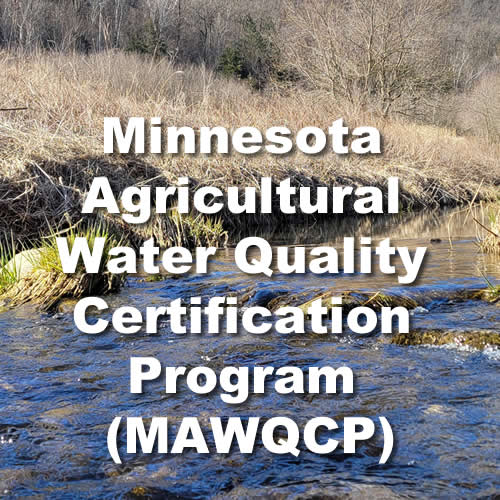
Minnesota Agricultural Water Quality Certification Program (MAWQCP)
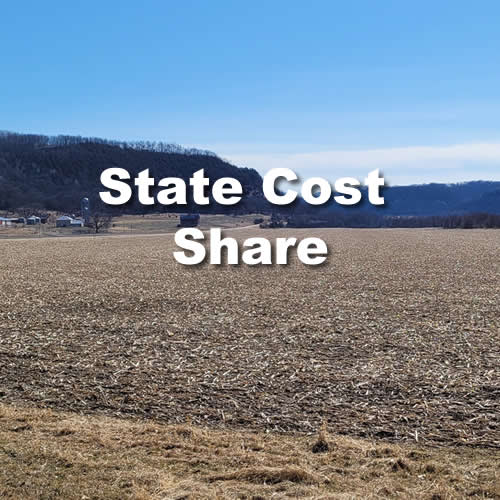
State Cost Share
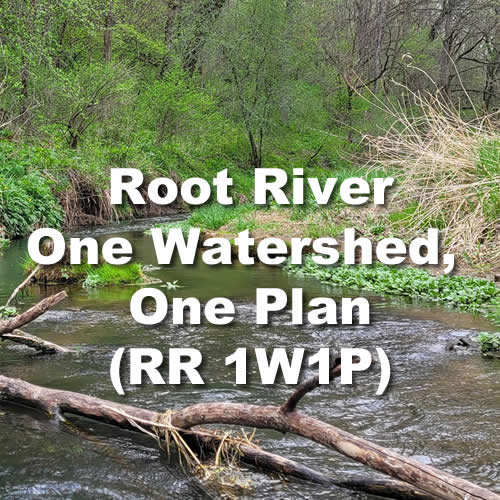
Root River One Watershed, One Plan (RR 1W1P)
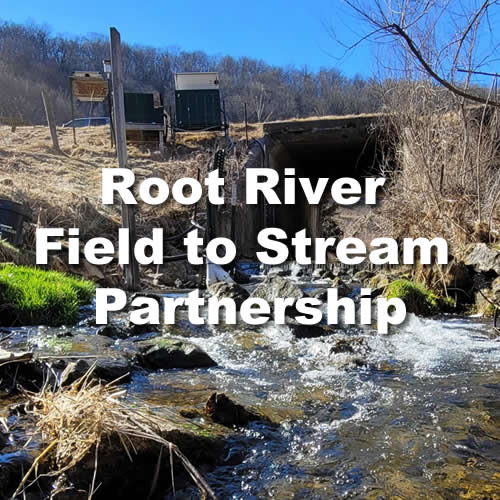
Root River Field to Stream Partnership
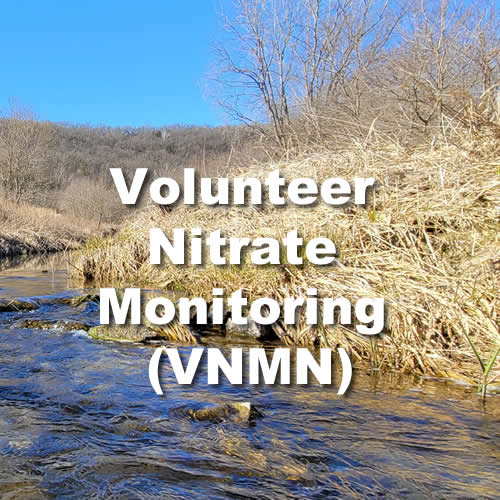
Volunteer Nitrate Monitoring (VNMN)
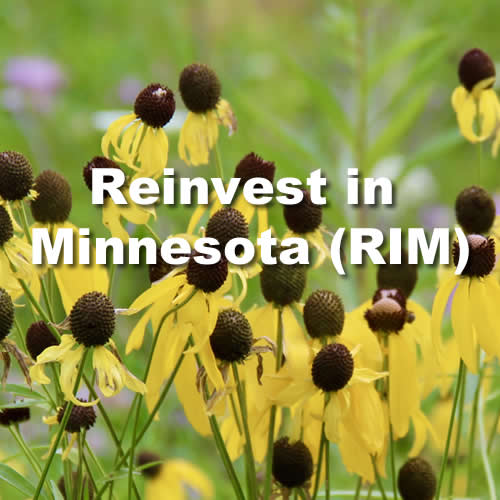
Reinvest in Minnesota (RIM)
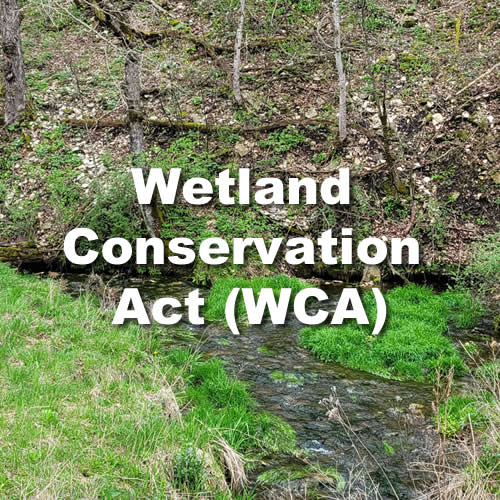
Wetland Conservation Act (WCA)
